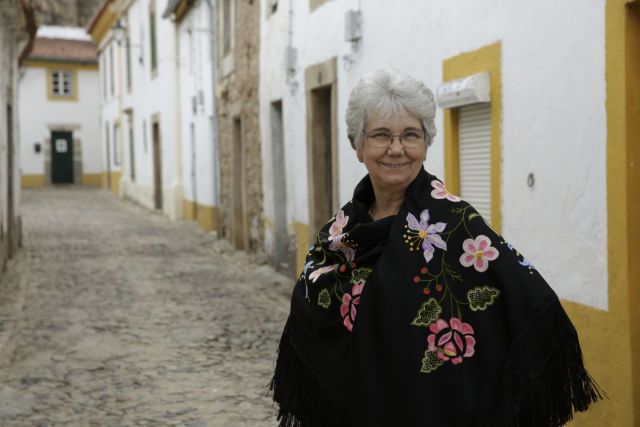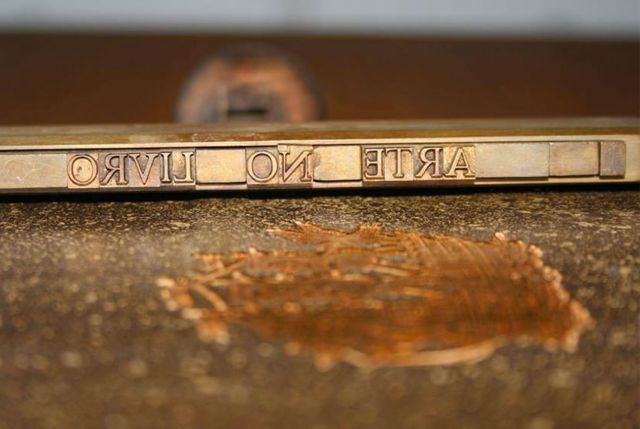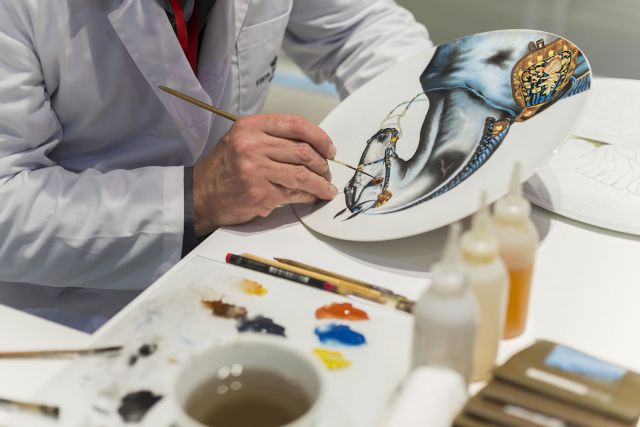This series of 20 individual ceramic tiles are all hand made with the Aresta Viva technique. The design of the tiles is inspired by that of the Moorish influences in the Iberian Peninsula, as well as the 17th century Portuguese tradition of tile making.
Length 14 cm
Width 14 cm
Height 1 cm
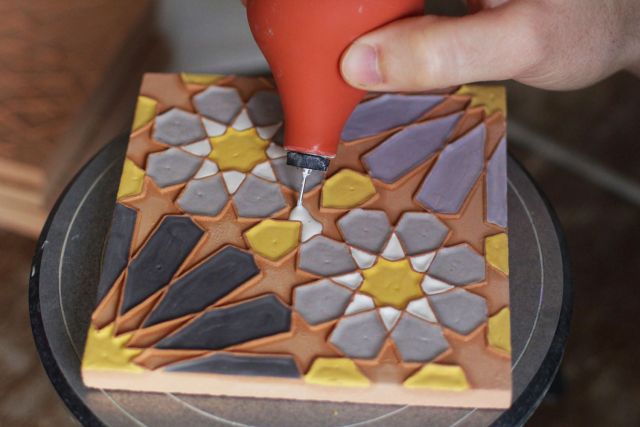
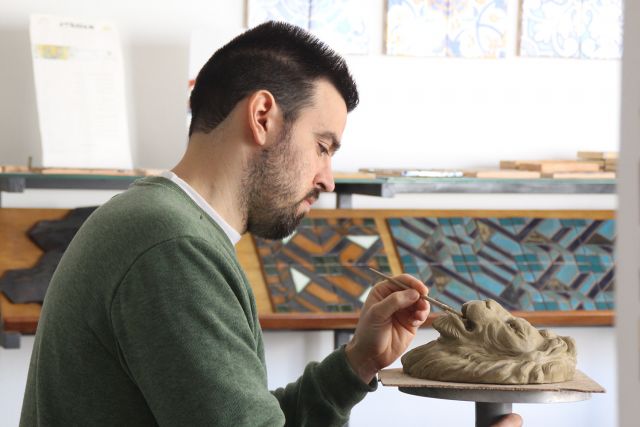
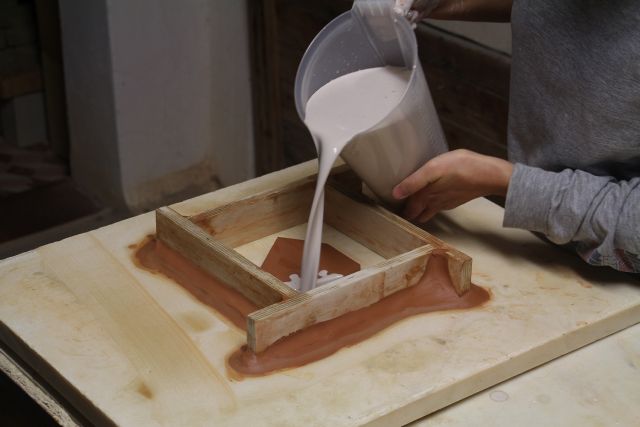
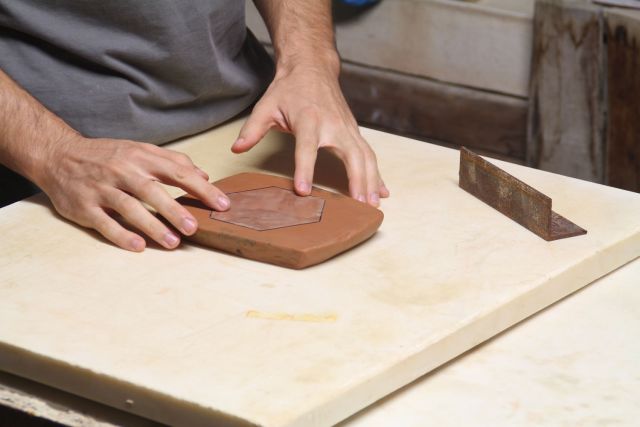
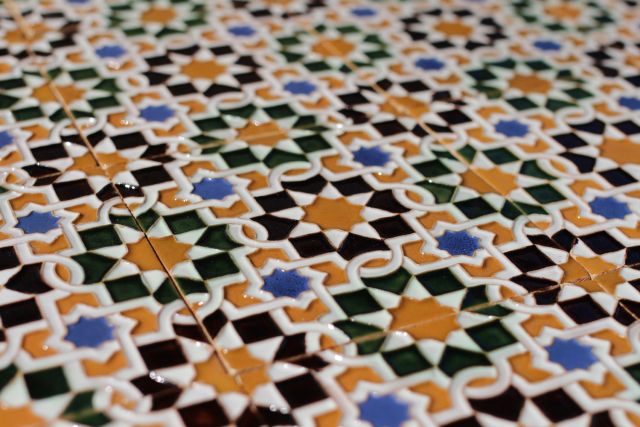
Rui Mascarenhas
- Aresta Viva
- Ceramicist
- Faro, Portugal
- Master Artisan
- Recommended by Passa Ao Futuro
By appointment only
+351 289802187
Custodian and innovator of the Azulejo technique
- • Rui learnt the art of Portuguese Azulejo tilemaking from his mother
- • He specialises in traditional tile reproductions
- • He represents a young generation committed to continuing this traditional art
When Rui Mascarenhas’ mother opened her studio in 1989, she named it Aresta Viva after an ancestral Hispano-Moresque Azulejo technique. Azulejo tilemaking comes from the Arabic word azzelij (or al zuleycha, al zuléija, al zulaiju, al zulaco), which means little polished stone. Present in Portugal since the 16th century, this art is part of its cultural heritage. Until recently Rui worked alongside his sister Maria, and today he runs the atelier alone. “We studied design and landscape architecture but naturally gravitated back to the studio where we spent hours as children experimenting with clay and glazing.” Each piece is made in-house, from modelling to hand painting. Working simultaneously with the Portuguese Nacional Azulejo Museum and with architects in contemporary contexts enables Rui to contribute to the safeguarding of this art.
Read the full interviewWorks
Photo: ©Maria & Rui Mascarenhas

Photo: ©Maria & Rui Mascarenhas
This set of four handcrafted ceramic tiles, reproductions of the 17th century Portuguese classic patterns, are made following the majolica technique. The design of the tiles is inspired by those found on traditional 17th century Portuguese tiles.
Length 28 cm
Width 28 cm
Height 1 cm

Photo: ©Maria & Rui Mascarenhas
This sets of four handcrafted ceramic tiles, reproductions of the 17th century Portuguese classic patterns, are made following the majolica technique. The design of the tiles is inspired by those found on traditional 17th century Portuguese tiles.
Length 28 cm
Width 28 cm
Height 1 cm

Photo: ©Maria & Rui Mascarenhas
This panel composed of six by six tiles reproduce 17th century Portuguese classic tile pattern. The handcrafted ceramic tiles are created using the majolica technique.
Length 14 cm
Width 14 cm
Height 1 cm





